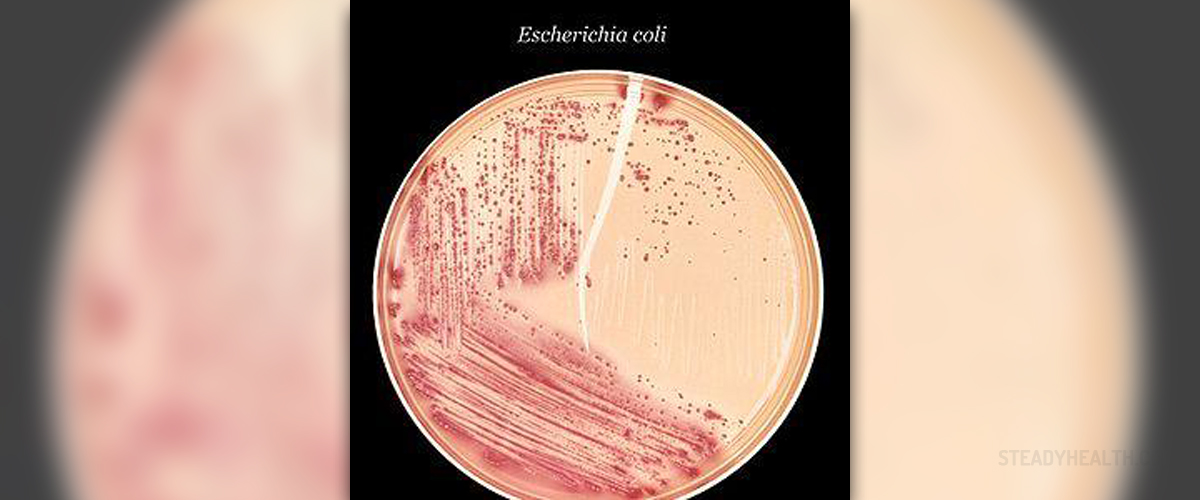
Escherichia Coli Infection
Escherichia coli (E. coli) is a type of bacteria which causes numerous common infections including traveler’s diarrhea, urinary tract infections, cholecystitis, cholagitiss, pneumonia, meningitis and so on. The strain is named after Theodor Escherich, who was the first scientist to isolate the bacteria. E. coli lives as a single organism or in pairs and has a metabolism which is both respiratory and fermentative. They can move spontaneously and actively or remain immobile. E. coli are naturally found in the large intestine, but cause problems when multiply in large quantities.Diagnosing Escherichia Coli
As previously mentioned, E. coli is the type of bacteria which causes inflammation in many parts of the body. For instance, after invading the urinary tract the bacteria can be transported to the respiratory organs and cause pneumonia. Also, E. coli related lung inflammation could be caused by infections in the upper airway which have not been properly treated and were colonized by the bacteria. Such instances are fairly rare and occur in patients with acute underlying medical conditions. In addition, E. coli pneumonia can be contagious and transferred to an individual with a weak immune system who is also likely to suffer from chronic obstructive pulmonary disease, alcohol abuse, certain types of diabetes and a urinary tract infection brought on by E. coli. Before invading the respiratory tract the E. coli will colonize another area, such as the genitourinary, and spread out from there. When it comes to acute bacterial meningitis in infants, it is usually caused by E. coli coupled with a type of B streptococcal bacteria. The strain named K1 is particularly dangerous for pregnant women. Other than causing meningitis, the K1 strain is also responsible for sepsis in newborns, which carries a high mortality rate of 8 percent. In adults, the E. coli meningitis is fairly rare and it is usually followed by surgical interventions on the brain. It should be noted that although infrequent, adult E. coli induced meningitis can be difficult to diagnose as the symptoms are similar to those experienced after neurosurgery. For instance, reduced level of consciousness and headaches are characteristic of both the recovery period and the disease. The most common area of the body where the E. coli are likely to multiply excessively is in the urinary tract. In fact, about 90 percent of relatively benign urinary infections are caused by some strain of E. coli. One of the main characteristics of such infections is recurrence. Over a period of one year after having suffered the infection there is almost 50 percent chance that the problems will come back. Sexually active women are particularly prone to urinary tract infections. As the strain of E. coli lives in the colon without causing any problems in many cases it reaches the bladder during sexual intercourse, where it produces an infection. If the strain colonizing the colon contains a factor called P fimbrie the possibility of developing urinary tract infection is higher than in the general population. Most E. coli caused urinary tract infections are fairly mild and easily treatable but if they affect the elderly serious complications can arise. When it comes to diagnosing E. coli infections, a culture test of the urine is usually sufficient to reveal the bacterial characteristics. A microbiologist interprets the results and recommends antibiotics which are most likely to kill the bacteria.E. Coli and Diarrhea
Traveler’s diarrhea, i.e. watery nonbloody bowel, appears in healthy persons traveling to developing countries, and may result in serious cases of dehydration. Such infections may include other bacteria and viruses as well, such as Salmonella, Norwalk virus, rotavirus, and so on. When it comes to childhood diarrhea, in most cases it is E. coli induced and may also lead to dehydration. It is a non inflammatory form of diarrhea and similarly to adults, can be caused by more than one adverse agent, such as the rotavirus.Epidemiology of E. Coli
In the United States, E. coli is the leading cause of both communal and hospital acquired urinary tract infections. Further, more than half of women will experience at least one E. coli induced urinary infection in their lives. In some instances, bladder infections in females are followed by diarhea. In tropical climates certain strains of E. coli are the primary agents in childhood diarhea. Up to 50 percent of cases of traveler`s diarhea among those visiting developing countries result from contracting E. coli. Further, all ethnic and racial groups are equally prone to infections, while women are more likely to be affected than men. The main reason is the anatomical difference as well as the changes experienced during sexual maturity, pregnancy, and childbirth. Also, infant boys are more likely to have urinary tract infections caused by E. coli than infant girls, but circumcision decreases the risk. Men older than 45 with prostate difficulties are more prone to E. coli than women of the same age.

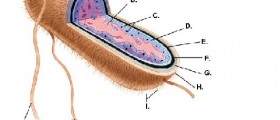

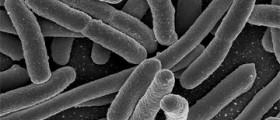







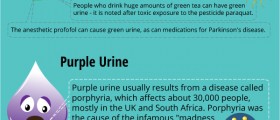
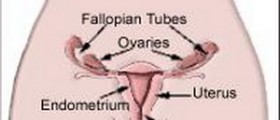



Your thoughts on this
Loading...